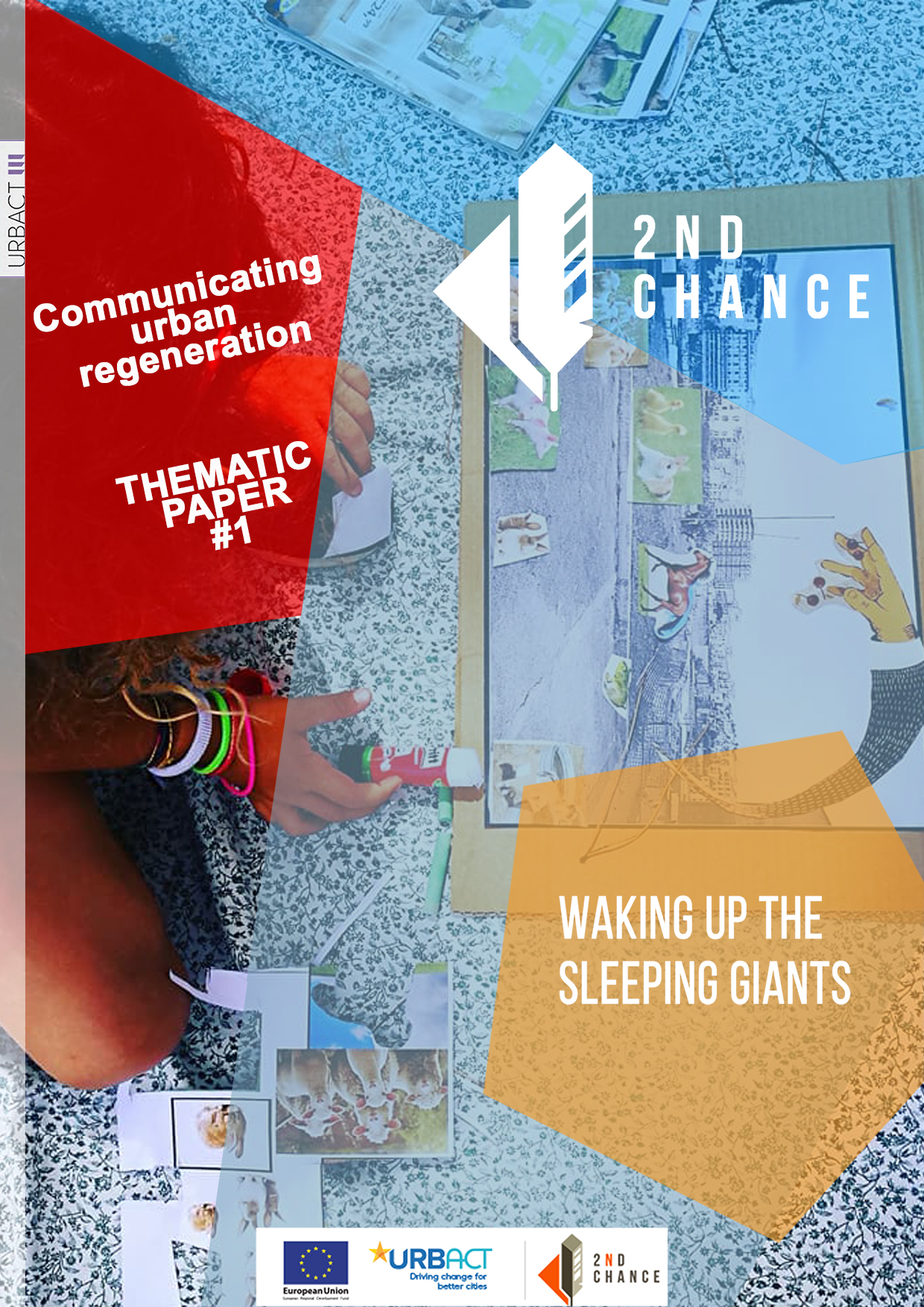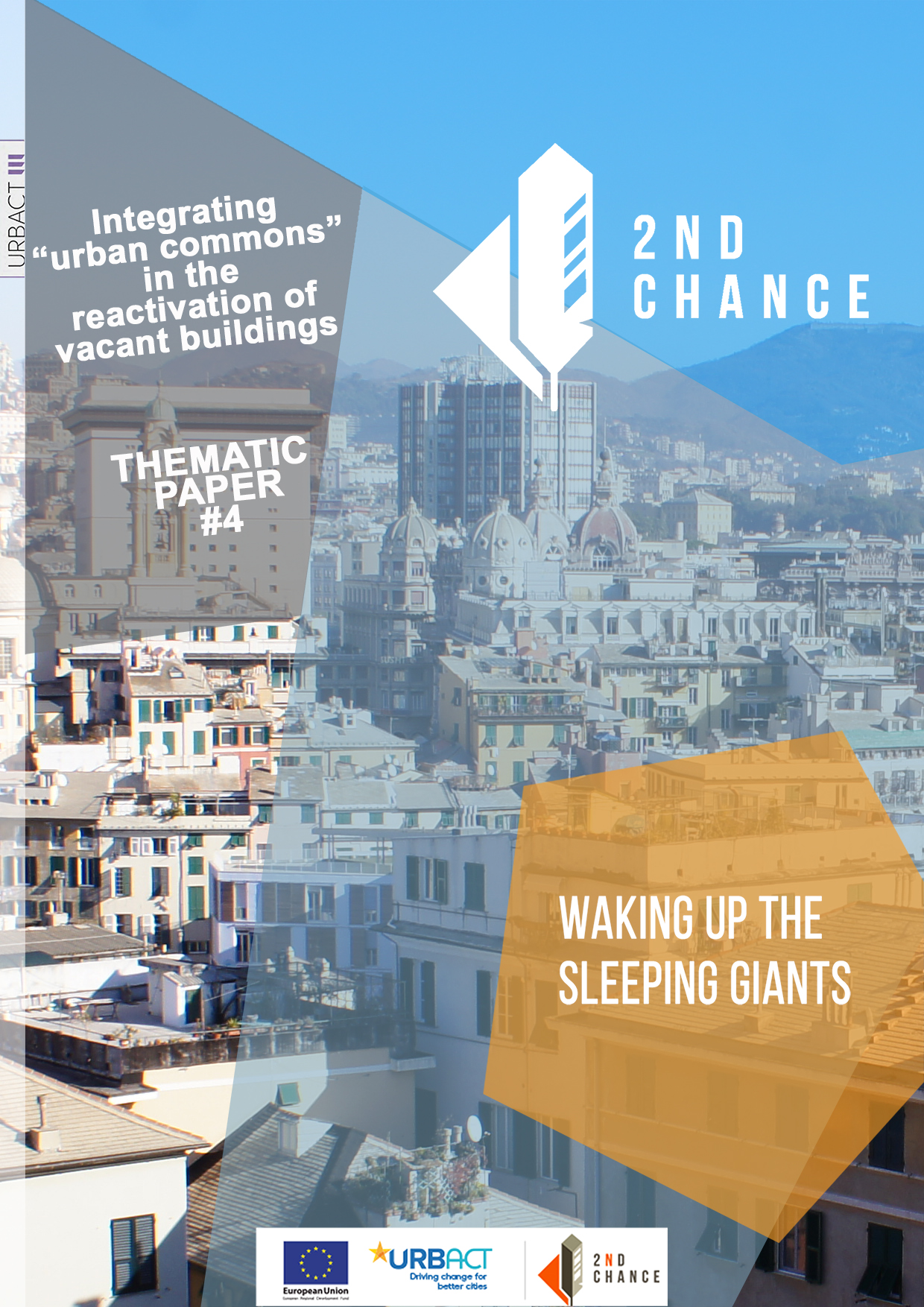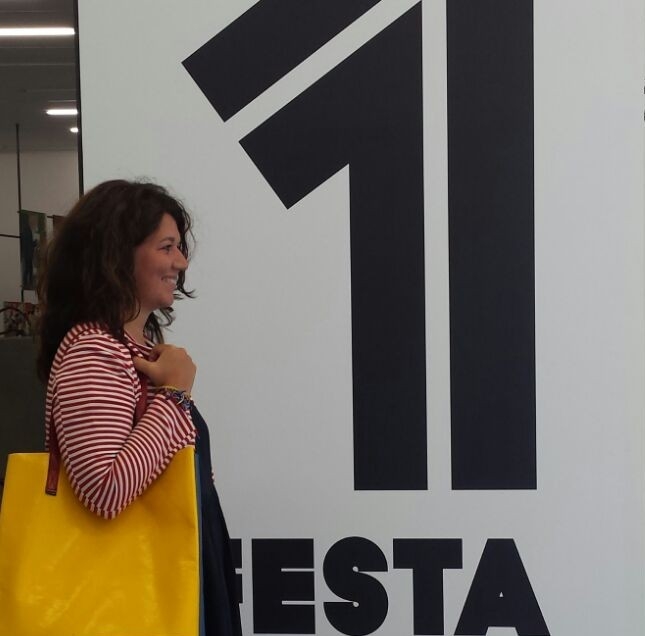Useful Tips for the Reactivation of the 'sleeping giants' > Read more on the 2nd Chance Final Outputs!
Edited on
27 July 2018The opportunities and benefits for the reactivation of vacant buildings - so called 'sleeping giants' - can be achieved in particular through the reutilisation of the empty spaces taking into account the socio-economic and cultural regeneration of neighbourhoods and the improvement of the quality of life. The results and lessons learned from the 2nd Chance Network are strategies and policies for the "reactivation" as a way to give a new imput and life to these buildings not only from a functional point of view.

These findings can be found in the 2nd chance Guidebook where six key activities have been identified by the 2nd Chance partners as crucial to start off the reactivation process of larger, abandoned buildings:
1. Understanding the current state of the building and its history
2. Making stakeholders and citizens aware of the building
3. Opening the building
4. Engaging stakeholders in the reactivation process
5. Developing a reactivation strategy embedded in the city development strategy
6. Checking for alternative financial resources However, as the reactivation and rehabilitation of larger, vacant and derelict buildings and sites is also cost-intensive, public financial resources are rather limited and the buildings are often “too large” to be redeveloped (financially) by just one “investor” and in ine big step, ‘waking up these sleeping giants’ is also a great challenge.
The exchange process between the partners was an occasion to point out on the alaboration of strategies and policies on how to deal with six key challenges based on the experience of the 2nd Chance Network partners. Key challenges are:
1. Adaptability of the building to current standards and requirements
2. City is not the owner and limited willingness or possibilities of the owner to invest
3. Degraded state of the building and limited financial resources for the reactivation and rehabilitation
4. Defining new functions and uses
5. Activating and involving politicians in the reactivation process
6. Managing the reactivation process and future use of the building
The aim of the 2nd chance Papers is to provide useful tools to find out some of the key topics about the urban regeneration strategies promoted in the framework of the 2ND CHANCE URBACT network. Tips and examples on how communicating urban regeneration, on how to finance the reactivation of vacant buildings, on how to involve the stakeholders in the process of reactivation of those buildings, on the integration of urban commons in this process are presented in the four 2nd Chance Papers. These documents were developed with the contribution of the Lead Expert and of the URBACT Experts involved in the 2nd Chance Project.
The 2nd Chance Papers
Cities are the places where most of the challenges of our era are taking place, offering the ground for testing innovative solutions on different fields such as urban regeneration, energy transition and social inclusion. Communication is a decisive factor to support these changes and, in the case of urban regeneration, to ensure a wide participation of residents and stakeholders around a long-term vision on urban development. In the phase of definition and implementation of an integrated action plan, communication can foster the transparency of a process often misunderstood by the residents while contributing to make local authorities more accountable for their action on urban regeneration. At the same time, communication can contribute to reduce conflicts and to foster the community spirit around sensitive topics, such as the reconversion of the so-called sleeping giants. Using a mix of different communication tools can contribute to make the transfer of information and know-how part of the innovation process involving all the different parts of the local community, making also the internal and external process of communication of local authorities more coordinated and coherent with the objectives identified by the local plans.

>> Read more on the 2nd Chance Paper "Communicating urban regeneration"
When it comes to urban regeneration, bringing vacant buildings and sites back into use can be a complex issue. In addition to needing to overcome site-specific challenges (like, for example, land remediation, structural issues, or the cost of servicing the site with infrastructure) other barriers can include access to ownership information; the motivations and priorities of the owners; planning constraints; the availability of suitable skills; access to finance; and management expertise, to name but a few. But is everything capable of being solved by money? Well, not quite, but it can certainly help to unblock some of the constraints set out above. That said, money also comes in many different forms and not all money is good money!

>> Read more on the 2nd Chance Paper "Financial Tools And Schemes for the Reactivation of Vacant Buildings"
Over a period of two and a half years the eleven cities of the 2nd Chance network have worked on strategies for reactivating large vacant buildings and have been involving related local stakeholders in the Urbact framework. Many tools were tested and researched. Different methods for engaging stakeholders were used. With the end of the network it is a good moment to reflect on all of these lessons and recommendations that the city partners in network have to share. Activating large vacant buildings is not common practice for most cities, but it is increasingly becoming an important challenge. Therefore this reflection is of value both for the partner cities of 2nd Chance themselves as well as for cities who were not in the lucky position to join this network. So what are the lessons learned?

>> Read more on the 2nd Chance Paper "Involving urban actors in the Reactivation of the Sleeping Giants"
>> Read more on the 2nd Chance Paper n.3 Updated Version!
The objective of the 2nd Chance network is the reactivation and reuse of our vacant buildings and building complexes, embedded in the neighbourhood development context. One approach can be the common goods approach. How to use (giant) vacant buildings as common goods and how is possible to manage self-governance and finance “reactivated” vacant buildings, used as common good?

>> Read more on the 2nd Chance Paper "Integrating urban commons in the Reactivation of the Sleeping Giants"
 Submitted by m.luna nobile on
Submitted by m.luna nobile on
